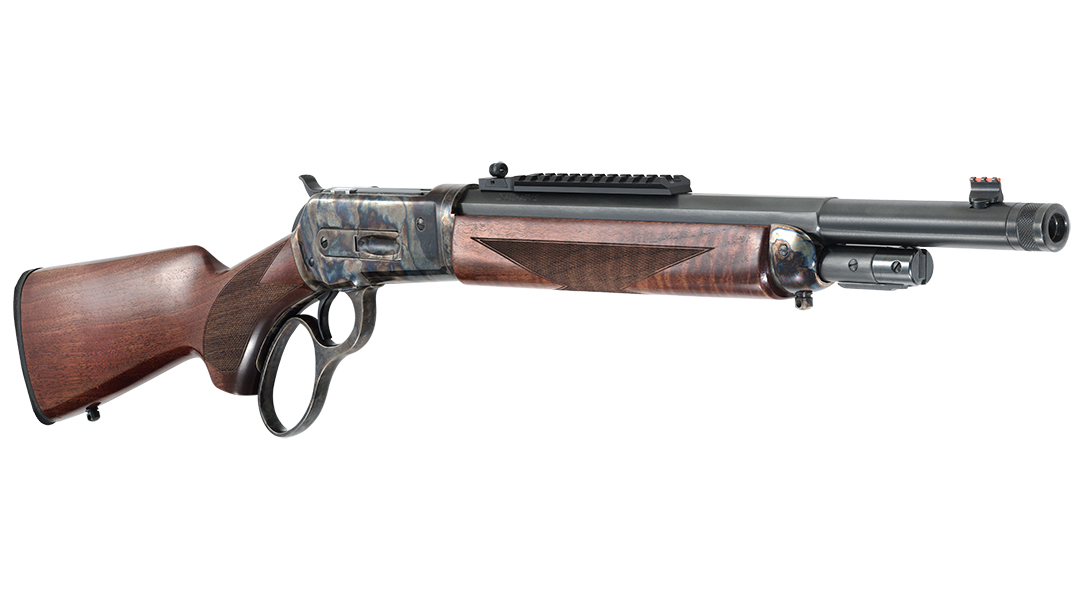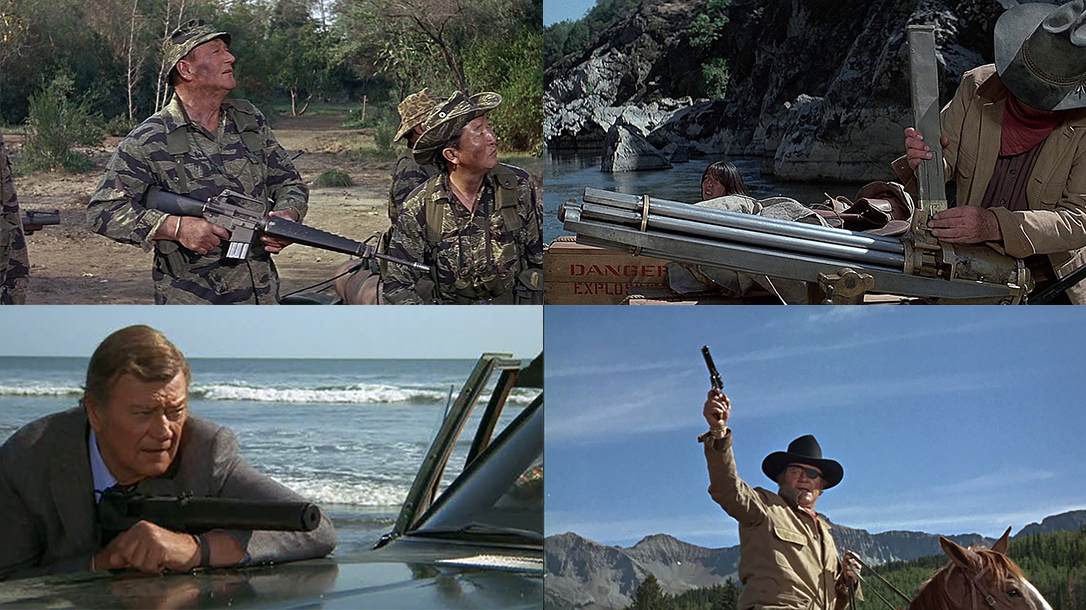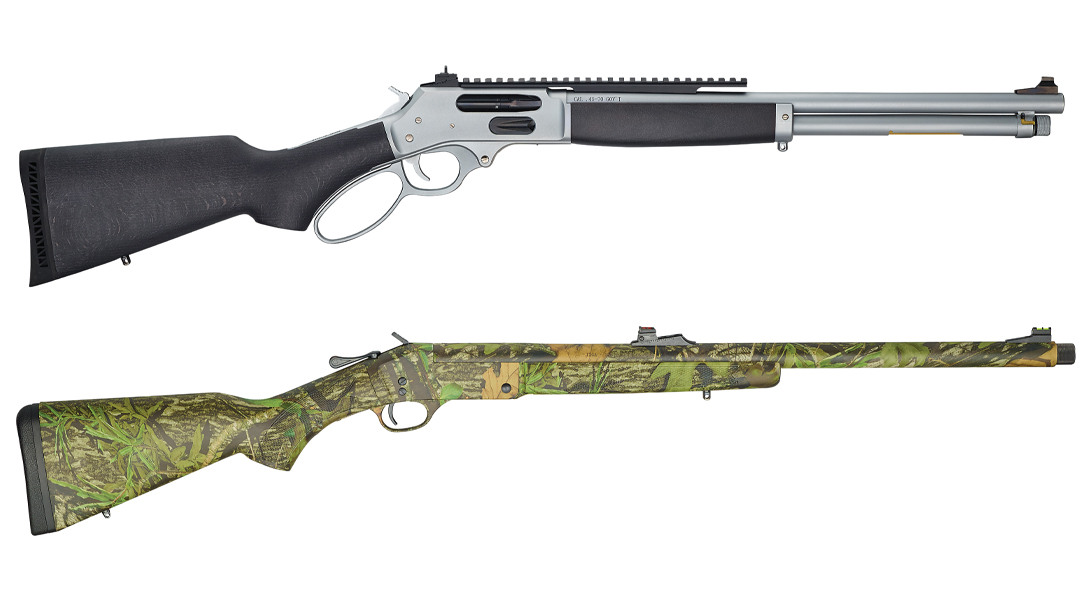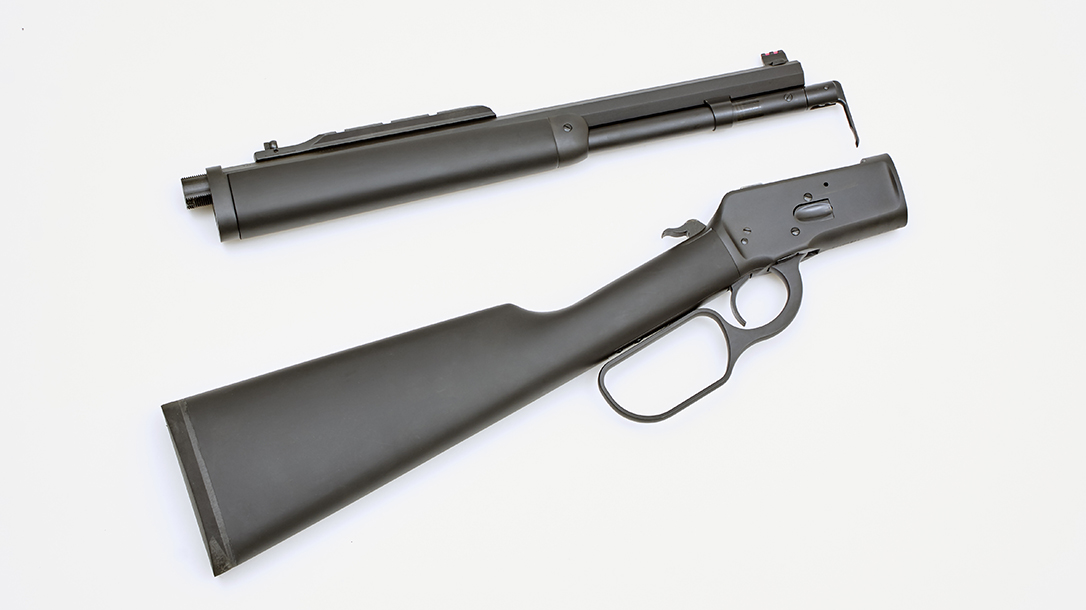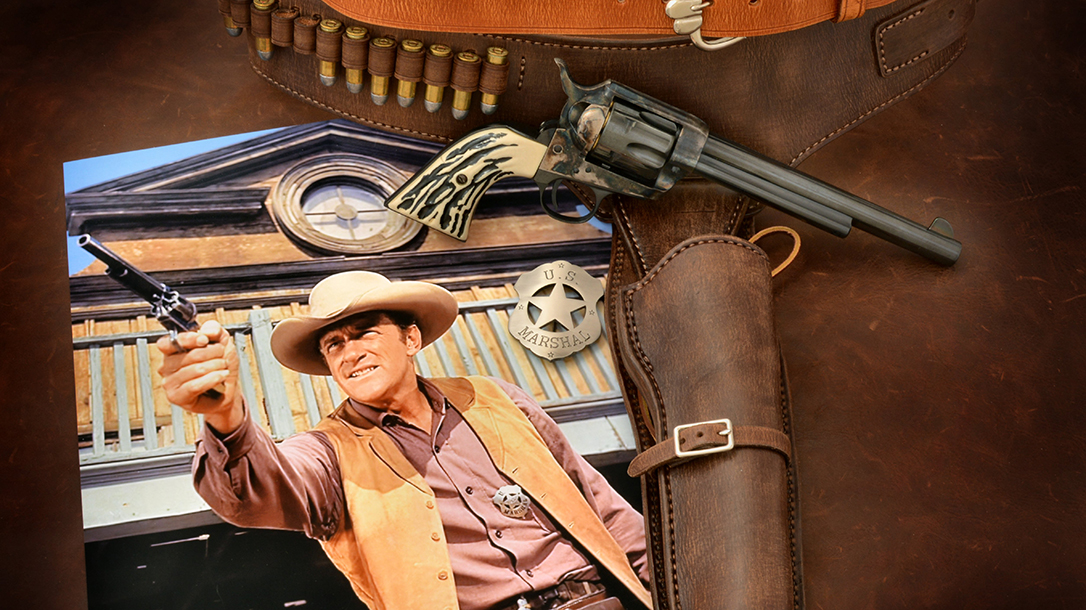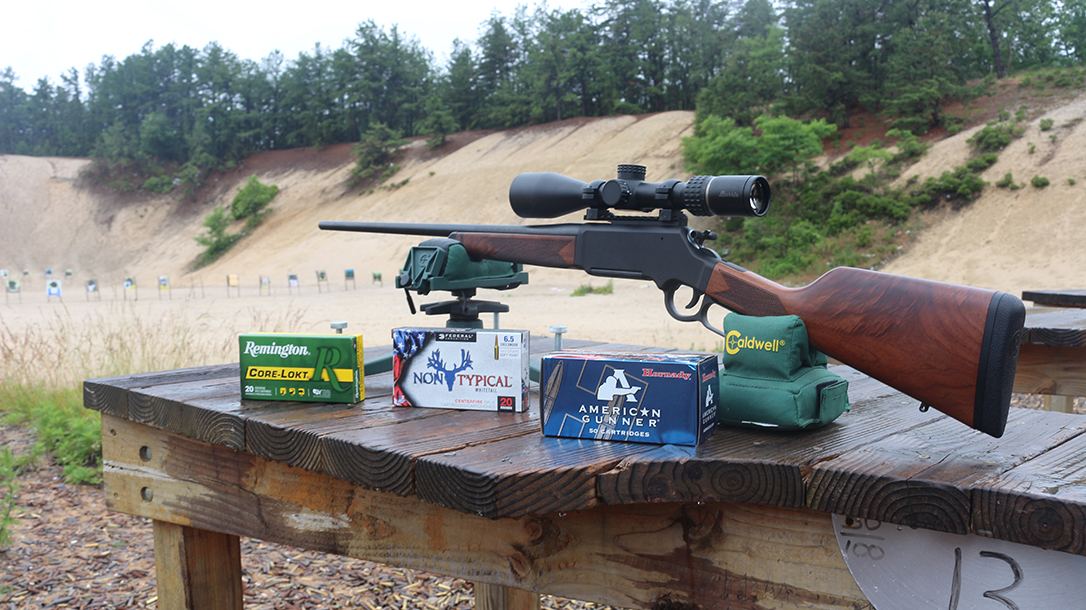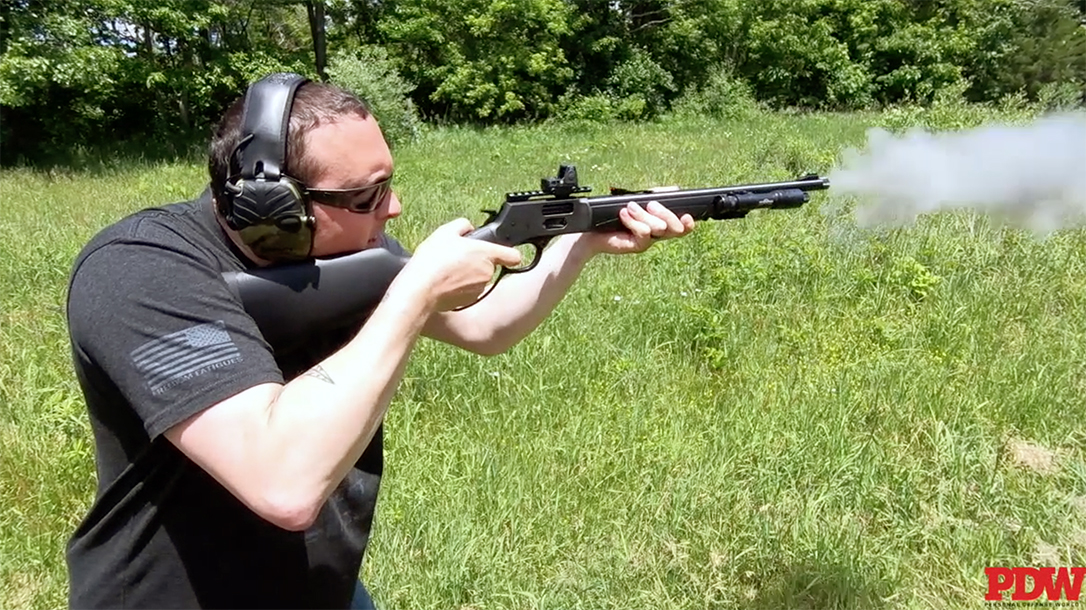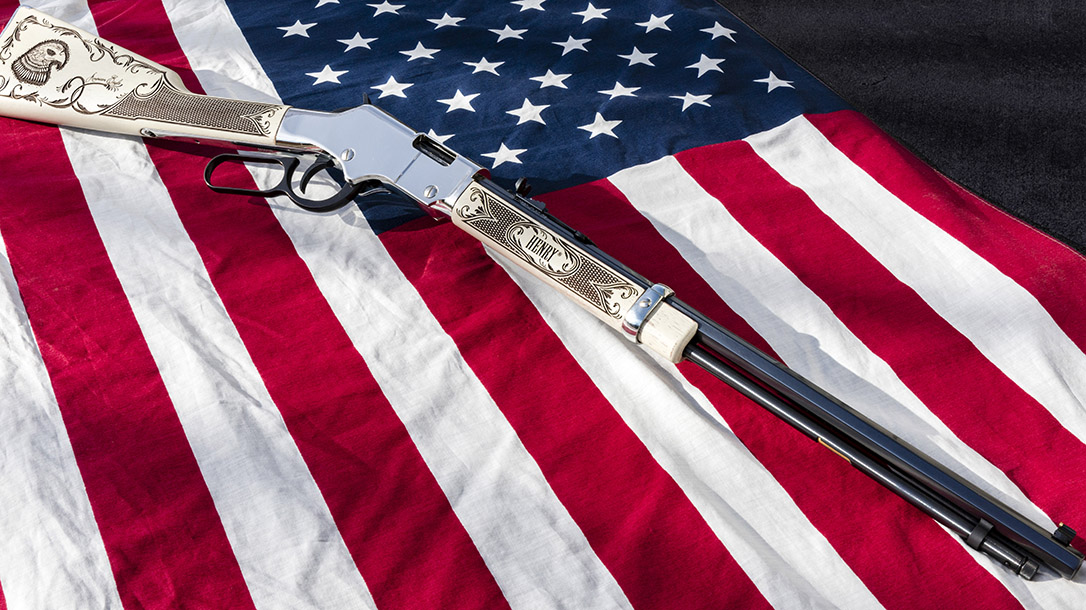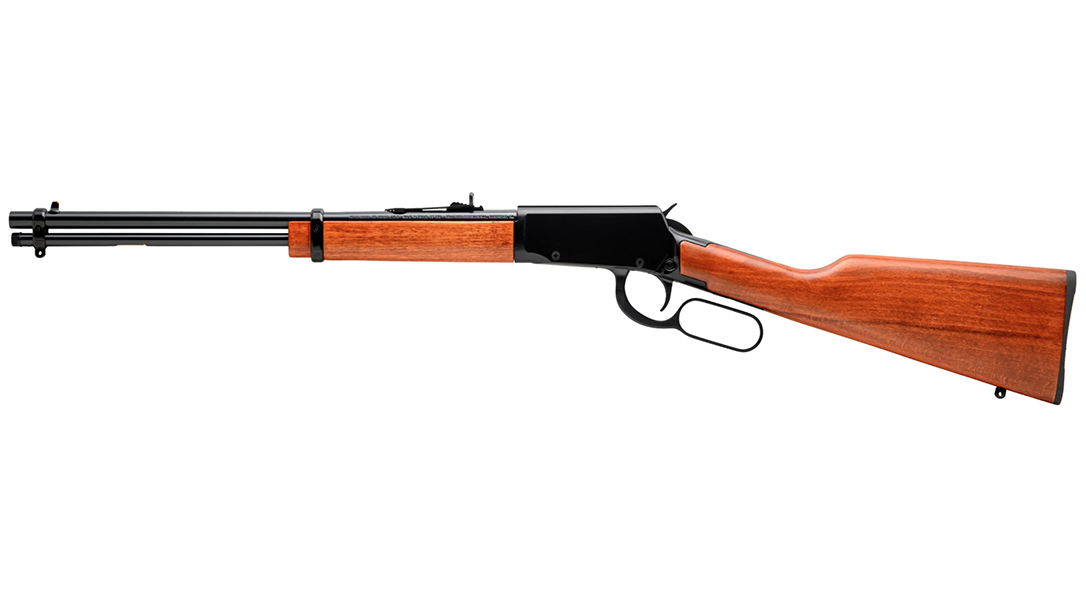Lever Action
Lever-action rifles are a classic American firearm design that offers fast and reliable firing. With its iconic lever mechanism, this rifle is known for its quick handling and smooth shooting experience. Lever-action rifles have been around since the mid-19th century, with the Winchester Model 1866 being one of the earliest models.
Today, these rifles continue to be popular among hunters, cowboy action shooters, and firearms enthusiasts. They are often used for hunting big game such as deer or elk due to their accuracy and quick follow-up shots.
One of the main advantages of lever-action rifles is their straightforward operation. The shooter simply needs to cycle the lever after each shot to load another round into the chamber. This allows for faster follow-up shots compared to other types of firearms like bolt-actions or pump-actions.
Overall, lever-action rifles offer a unique shooting experience that combines tradition with modern technology. Whether you’re looking for a classic cowboy-style rifle or something more tactical in nature, there’s sure to be a lever-action rifle out there that will suit your needs.
